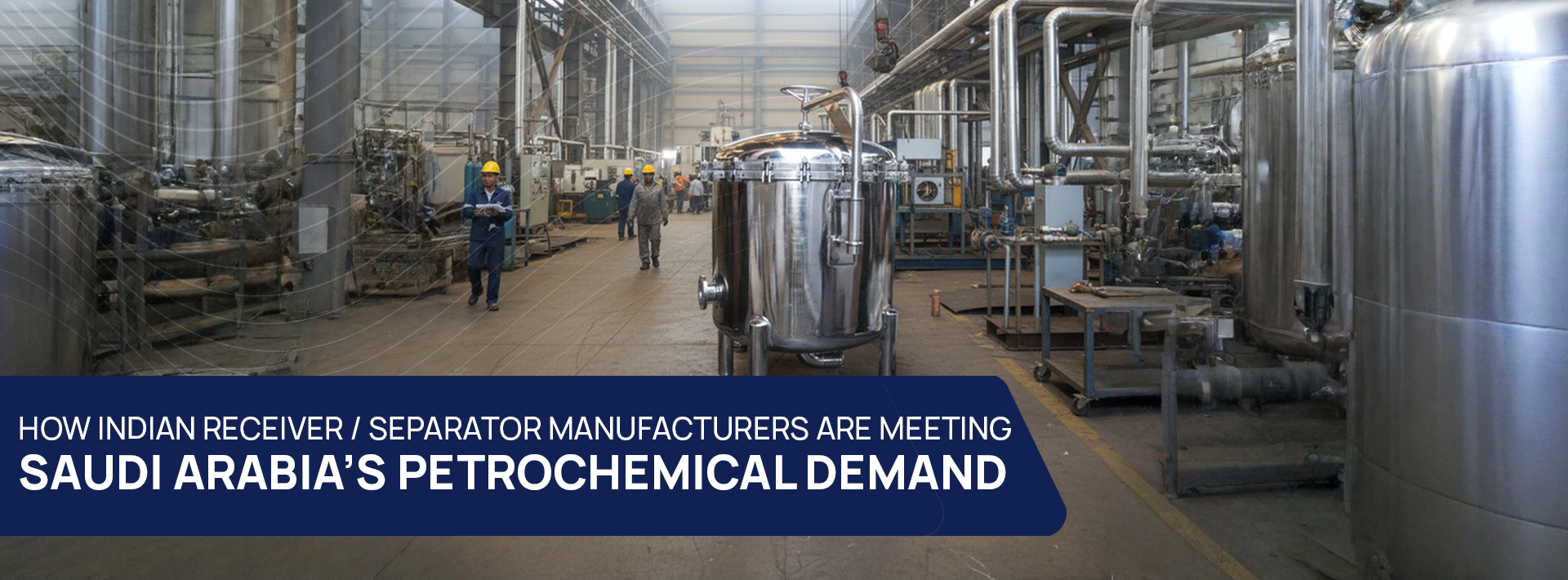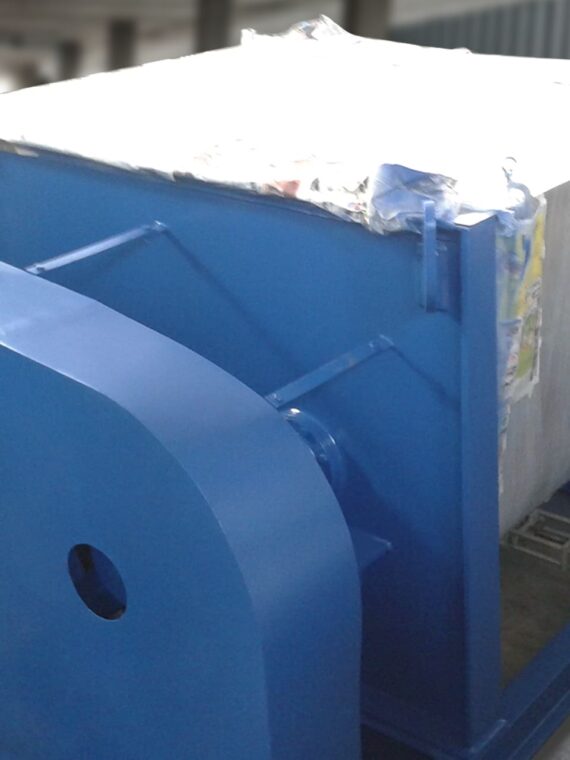Vapor distillation is one of the most extensively used separation techniques in various process industries, including petroleum refining, petrochemical manufacturing, and chemical processing. It efficiently separates various liquid components based on their differing boiling points. Selecting the proper distillation column is essential for maximizing separation efficiency.
Stalwart International, one of the world’s leading vapor distillation column manufacturers, has designed and supplied customized distillation columns to major refineries and chemical facilities for over four decades.
Stalwart International columns are known for their durability and performance due to their modern manufacturing facilities and high-quality standards. Industries have relied on our expertise in vapor distillation technology, whether for simple distillation processes or a complex fractionating column.
Types of Vapour Distillation Columns
Vapor distillation columns can be classified based on their mode of operation into batch distillation columns and continuous distillation columns. Both configurations have their own advantages and disadvantages depending on the application and throughput requirements.
Batch Distillation Columns
Batch distillation columns separate substances in discrete quantities as opposed to continuously. They comprise trays or stacked sections within a still vessel with an overhead condenser affixed. A limited amount of the feed mixture is poured into the batch column as the initial step in the process. As soon as the heating begins, the lightest components vaporize and ascend the column, where they can condense and be collected. As quantities of distillate are extracted, heavier components are left behind. After the initial charge has been depleted, a new supply of feed is introduced, and the cyclical process repeats.
Applications
Batch distillation is ideally adapted for situations where the available feedstock is limited, production volumes are modest, and complex multi-component separations are required. It enables a broad variety of feed compositions to be processed in a single unit. Production of specialty chemicals and pharmaceuticals, pilot plants, and laboratory-scale testing are important application areas. The ability to precisely control product composition and quality is a benefit of batch distillation for these smaller, specialized applications.
Advantages/Disadvantages
The primary advantages of batch columns are their ability to accommodate feeds with a wide range of boiling temperatures, their tight control over distillate composition through precise timing of cuttings, and their capacity to optimize operations for different feed supplies. The disadvantages include reduced throughput capacity compared to continuous columns and non-steady state operation that necessitates continual batches. Additionally, intermittent operation necessitates more sophisticated controls.
Continuous Distillation Columns
Continuous distillation columns function in a steady state with a continuous input flow and simultaneous distillate departure. They have a greater number of theoretical stages than group columns, which increases their separation efficacy. The feed enters near the middle of the column and travels concurrently down with the vapors ascending to facilitate the mass transfer. Continuous heat input maintains constant simmering while overhead condensed vapors and bottom residuals are continuously removed.
Applications
Continuous columns are favoured for large-scale separation and purification of high-volume petroleum and chemical streams. In refineries and petrochemical facilities, they are used extensively for hydrocarbon processing, solvent recovery, water purification, and air separation. Continuous operation permits the processing of extremely high throughputs.
Advantages/Disadvantages
Significant advantages of continuous distillation include much higher throughput capacities than sequential operation, the potential for greater automation, and uninterrupted operation. The disadvantages include a lack of flexibility for a wide boiling range or tiny volume feeds and the requirement for constant, uninterrupted feed flow. Additionally, there is less control over product composition. Proper design is essential for continuously achieving the intended separations.
Continuous columns are integral equipment used in separation processes across various industries. Let’s look at the different types of continuous columns:
Packed Columns
Packed columns are cylindrical structures containing loose or organized packaging material. The packaging provides a large surface area for contact and mass transfer between the streaming vapor and liquid phases. As vapor flows up the column, liquid flows down over the packaging surface, allowing for continuous interaction between gas and liquid. The packaging material provides resistance and contact retention.
Applications
In chemical facilities, packed columns are ubiquitous for separation and reaction processes. Common applications include distillation to separate component compounds, absorption and stripping for gas treatment, and catalytic reactions between gases and liquids. Hydrocarbon processing, solvent recovery, water remediation, and air pollution control are the most important application areas.
Advantages/Disadvantages
The primary advantages of packed columns are their high separation efficiency, capacity to manage large throughputs, and adaptability to specific applications through packing selection. The disadvantages include the possibility of large pressure dips and the tendency for particulates to build in the packing voids over time. Optimizing efficacy requires a proper design.
Stalwart International is one of the reputable vapor distillation column suppliers of packed vapor distillation columns for numerous industrial applications. They customize columns based on process parameters and requirements using various structured and random packings.
Tray Columns
Tray columns are comprised of segmented containers piled within a cylindrical column shell. As vapor ascends the column, it forms bubbles by passing through perforations in each receptacle. The vapor droplets interact with the liquid traveling across the tray’s surface, resulting in gas-liquid contact. Different containers affect bubble formation and coalescence differently.
Applications
Tray columns offer superior separation control and capacity for handling low liquid loads. In industries such as oil refinement, chemicals, natural gas, and air separation, they are commonly used for distillation, absorption, stripping, and gas-liquid reaction processes.
Advantages/Disadvantages
Tray columns offer versatility in stage efficacy, excellent turndown, and simplicity of operation. Drawbacks include construction’s high cost, intricacy, and potential problems such as opening occlusion, fouling, and seepage. Careful design is necessary to optimize vapour-liquid interaction.
Wrapping Up
Selecting the optimal column design for vapor distillation requires a comprehensive technical evaluation of process parameters, operating conditions, separation challenges, life cycle costs, and feasibility. With decades of experience as a prominent manufacturer of vapor distillation columns, Stalwart International can evaluate project specifications and recommend column solutions that deliver consistent performance.
Stalwart International is an expert in implementing the optimal distillation strategy for each application, offering vapor distillation column maintenance services and column selection manufacturing.
We have become a trusted and reliable partner for critical separation processes around the globe due to our in-house engineering expertise and customized offerings catering to diverse industry requirements. Visit our website to discuss your project requirements with our representative or learn more about our product and service offerings.


















